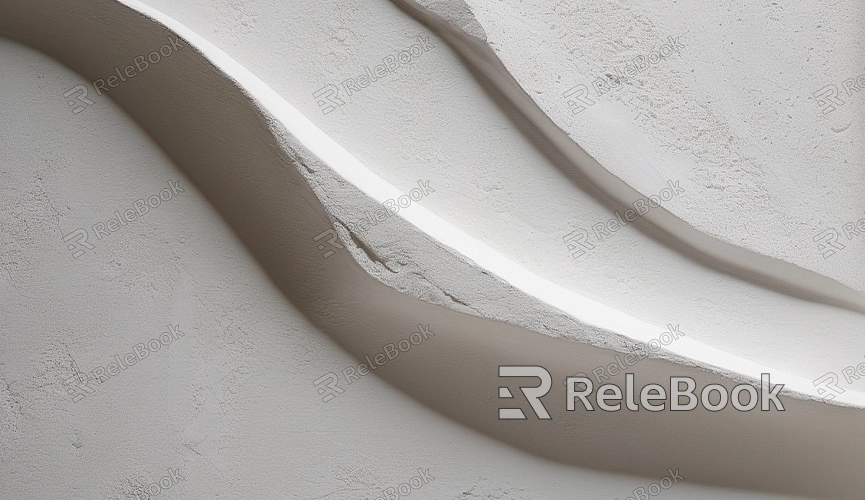How to Texture Paint in Blender
Texture painting in Blender is an essential step in creating realistic 3D models. Through texture painting, you can add various surface effects to your model, such as colors, textures, and patterns, making it more lifelike. This article will introduce the basic steps and techniques for texture painting in Blender.
Preparation
Before starting texture painting, make sure you have completed the following preparations:
1. Import the Model: Open Blender and import the model file that needs texture painting.
2. Prepare Materials: In Blender's material editor, create or adjust the materials of the model to ensure textures can be correctly applied to the model's surface.
1. Create Texture Images

Before texture painting, prepare texture images for painting. You can use image editing software like Photoshop or GIMP to create or edit texture images. Ensure the texture image's size and proportions fit your model, and save it in common image formats like PNG or JPEG.
2. Set up Texture Material
In Blender, open the material editor and create a new texture material for the model. Import the prepared texture image into the texture node and connect it to the model's surface. Adjust the settings of the texture node, such as tiling, scaling, and rotation, to properly align the texture with the model's surface.
3. Enter Texture Painting Mode
In Blender, you can use texture painting mode for texture painting. Select the model you want to texture paint and switch to the "Texture Paint" workspace. In the toolbar, choose texture painting tools like brush, pencil, or fill tool.
4. Perform Texture Painting
In texture painting mode, you can directly paint on the model's surface using the selected painting tools. Adjust the parameters of the painting tools, such as brush size, color, and opacity, to achieve the desired painting effects. You can use different brushes and texture images to create various details and effects like wrinkles, spots, and patterns.
5. Save Textures
After finishing texture painting, remember to save your work. In Blender, you can save textures as image files for later use or export. Additionally, you can save textures within the Blender project for future adjustments and modifications.
Real-time Preview: During texture painting, you can view painting effects in real-time using Blender's real-time rendering mode, allowing you to adjust and modify promptly.
Layer Management: In Blender, you can use features like layers and masks to manage different parts of textures, making the painting process more flexible and efficient.
By following these steps, you can easily perform texture painting in Blender, adding rich surface effects and details to your model. Whether it's simple color strokes or complex texture mapping, you can achieve it through Blender's powerful tools and features. If you need high-quality 3D textures and HDRI or 3D model downloads for creating models and virtual scenes, you can download them from Relebook and directly import textures and 3D models into your project.

